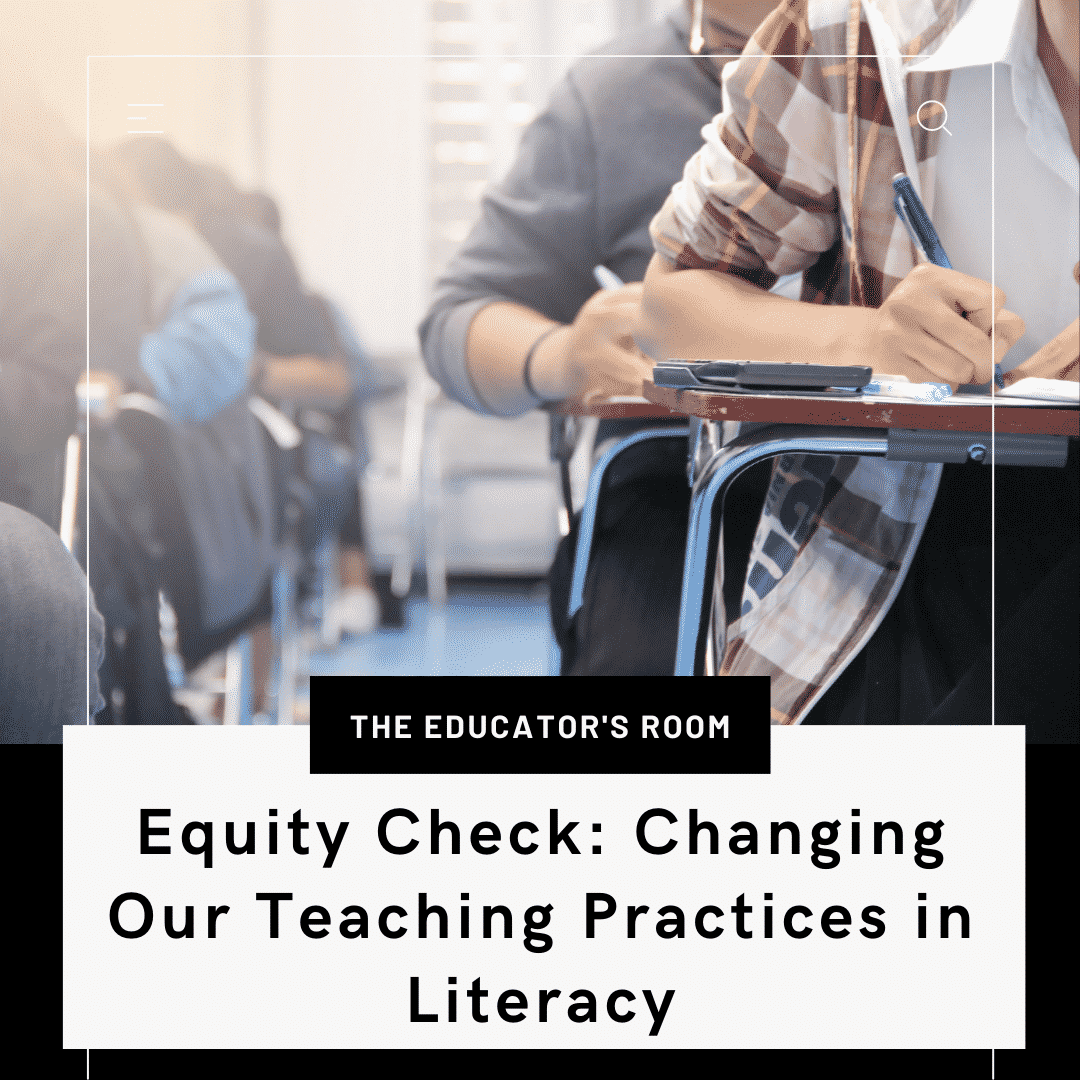
Navigating the Future: EdTech Integration Models in Modern Education
In the rapidly evolving landscape of education, the integration of Educational Technology (EdTech) has become a cornerstone for modern learning environments. EdTech Integration Models provide educators with structured approaches to infuse technology seamlessly into the educational process, enhancing teaching methodologies and improving student outcomes.
Understanding EdTech Integration Models
EdTech Integration Models are frameworks designed to guide educators in incorporating technology effectively into their teaching practices. These models outline systematic approaches to ensure that technology is not merely an add-on but an integral component enhancing the learning experience. Various models exist, each offering unique perspectives on how to best integrate EdTech tools into the curriculum.
The SAMR Model: Substitution to Redefinition
The SAMR Model, standing for Substitution, Augmentation, Modification, and Redefinition, provides a ladder of technology integration levels. It starts with substituting traditional tools with digital ones and progressively moves towards redefining the entire learning process through technology. This model encourages educators to aim for transformative uses of technology rather than merely enhancing traditional methods.
TPACK Framework: Integrating Technology, Pedagogy, and Content Knowledge
The TPACK (Technological Pedagogical Content Knowledge) framework emphasizes the intersection of technology, pedagogy, and content knowledge. Educators utilizing the TPACK model understand how these three knowledge areas intersect, guiding them to select and integrate technology that enhances both pedagogy and content delivery.
The Triple E Framework: Enhance, Extend, Empower
The Triple E Framework, developed by Dr. Liz Kolb, focuses on how technology can enhance, extend, and empower learning experiences. This model encourages educators to evaluate technology use based on these three criteria, ensuring that technology integration goes beyond simple enhancement and truly adds value to the educational process.
The 5C Framework: Creativity, Collaboration, Critical Thinking, Communication, and Citizenship
The 5C Framework aligns technology integration with five essential skills – Creativity, Collaboration, Critical Thinking, Communication, and Citizenship. This model emphasizes the role of technology in developing these crucial skills, guiding educators to select tools that promote a holistic approach to student development.
Flipped Classroom Model: Restructuring the Learning Environment
The Flipped Classroom model flips the traditional teaching approach. Students engage with instructional content outside of class through videos or digital resources, allowing class time to be dedicated to application, discussion, and collaboration. This model leverages technology to optimize face-to-face interaction for more meaningful learning experiences.
Blended Learning: Combining Online and In-Person Instruction
Blended Learning integrates traditional face-to-face instruction with online learning components. This model allows for flexibility, personalization, and the benefits of both in-person and online education. Technology plays a pivotal role in creating a cohesive and balanced learning experience for students.
Community of Inquiry (CoI) Framework: Fostering Online Learning Communities
The Community of Inquiry Framework is particularly relevant in online and hybrid learning environments. It emphasizes the importance of building a community of learners through social, cognitive, and teaching presence. Technology serves as a facilitator in creating and sustaining this collaborative online learning community.
Choosing the Right Model: Context Matters
Selecting the appropriate EdTech Integration Model depends on various factors, including the educational context, goals, and the specific needs of students. Educators should consider the unique characteristics of their teaching environment and tailor their approach to align with the desired learning outcomes.
Exploring EdTech Integration Models
To delve deeper into the world of EdTech Integration Models and discover how these frameworks can elevate the teaching and learning experience, visit EdTech Integration Models. Explore the diverse models available, understand their applications, and embark on a journey to seamlessly integrate technology into your educational practices for a more engaging and effective learning environment.


